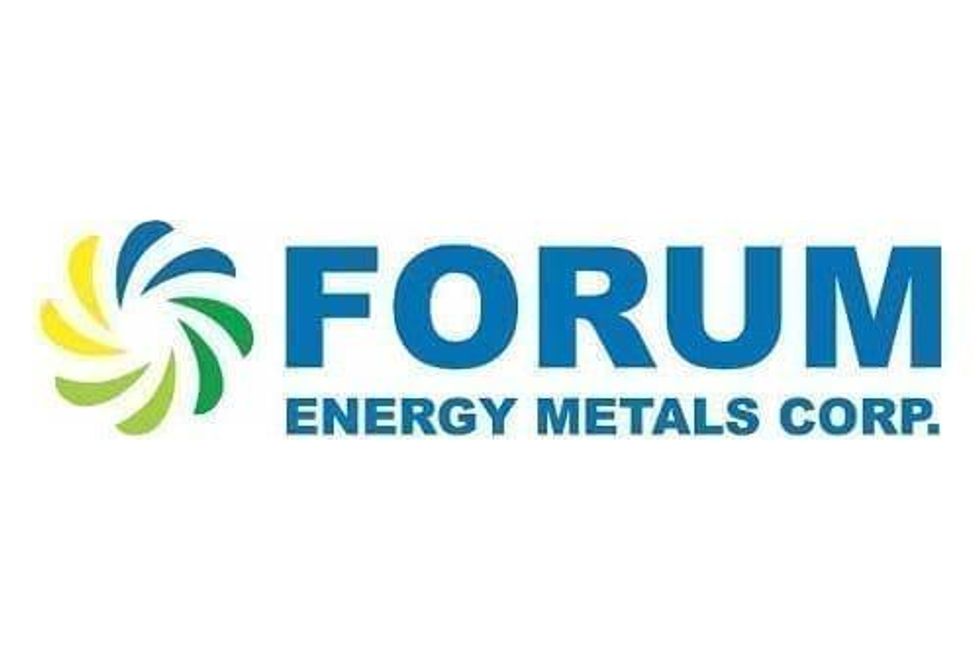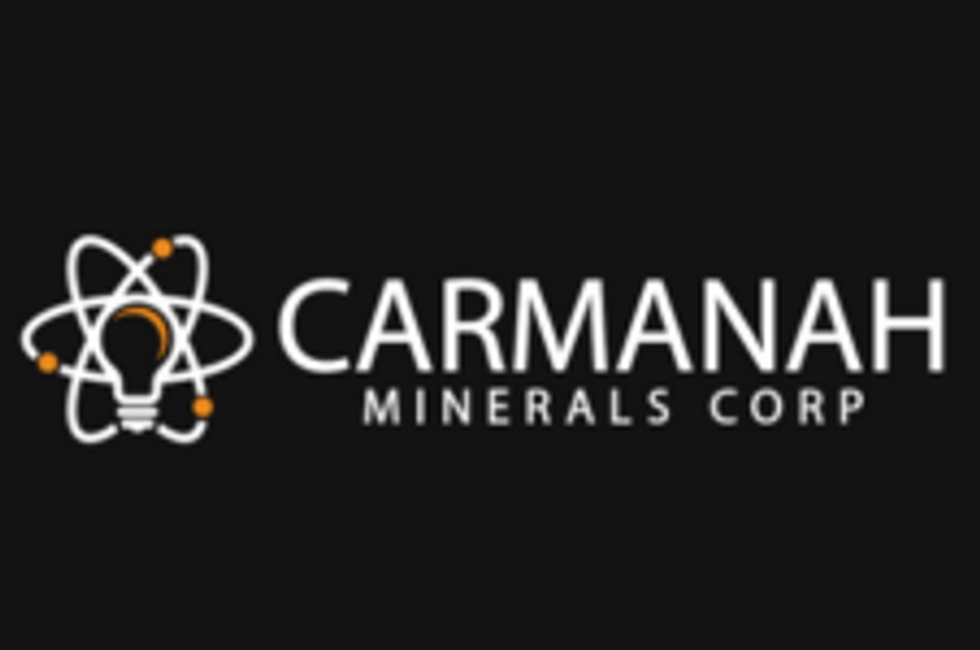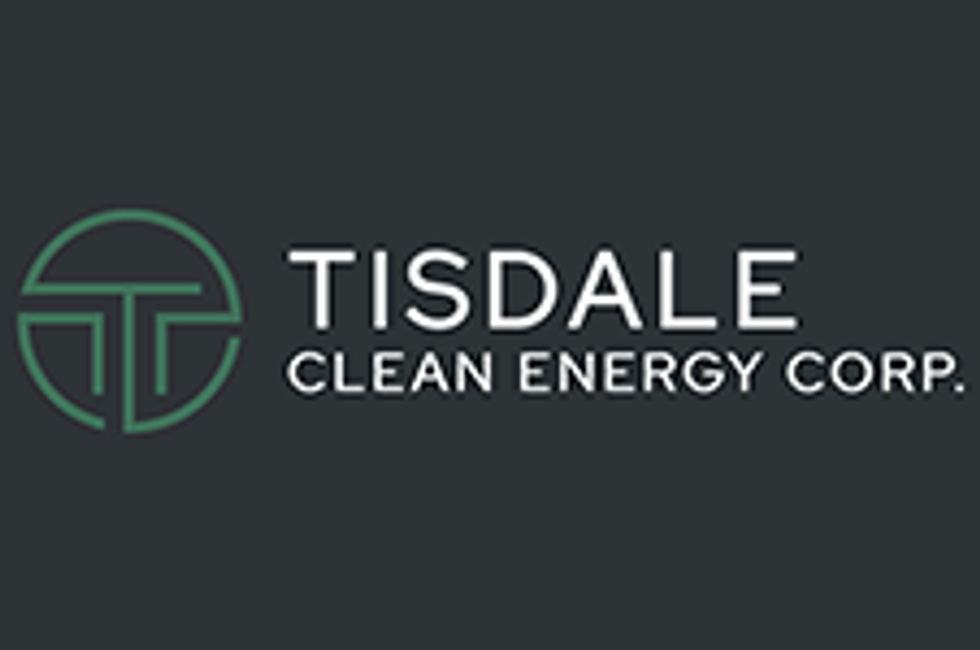- AustraliaNorth AmericaWorld
Investing News NetworkYour trusted source for investing success
- Lithium Outlook
- Oil and Gas Outlook
- Gold Outlook Report
- Uranium Outlook
- Rare Earths Outlook
- All Outlook Reports
- Top Generative AI Stocks
- Top EV Stocks
- Biggest AI Companies
- Biggest Blockchain Stocks
- Biggest Cryptocurrency-mining Stocks
- Biggest Cybersecurity Companies
- Biggest Robotics Companies
- Biggest Social Media Companies
- Biggest Technology ETFs
- Artificial Intellgience ETFs
- Robotics ETFs
- Canadian Cryptocurrency ETFs
- Artificial Intelligence Outlook
- EV Outlook
- Cleantech Outlook
- Crypto Outlook
- Tech Outlook
- All Market Outlook Reports
- Cannabis Weekly Round-Up
- Top Alzheimer's Treatment Stocks
- Top Biotech Stocks
- Top Plant-based Food Stocks
- Biggest Cannabis Stocks
- Biggest Pharma Stocks
- Longevity Stocks to Watch
- Psychedelics Stocks to Watch
- Top Cobalt Stocks
- Small Biotech ETFs to Watch
- Top Life Science ETFs
- Biggest Pharmaceutical ETFs
- Life Science Outlook
- Biotech Outlook
- Cannabis Outlook
- Pharma Outlook
- Psychedelics Outlook
- All Market Outlook Reports
Toro Energy has secured a funding lifeline as well as a toehold in several high-grade uranium assets in Canada.
Toro announced last week a complex funding and asset exchange deal with Canadian institutional investor Sentient Group. It will see Sentient make an immediate equity investment of $10 million into Toro and transfer to Toro a 19.8-percent equity stake and convertible notes in TSX-listed uranium developer Strateco Resources (TSX:RSC). In addition, negotiations continue with Sentient regarding further funding of up to $10 million to advance Toro’s Western Australian uranium projects.
The funding not only provides Toro with a much-needed cash injection — the company was reduced to almost AU$5 million at the end of the last quarter — but is also a stepping stone to greater industry consolidation at a time when asset prices remain subdued due to uranium price softness and regulatory hurdles.
Calcrete-style deposits
Toro began life about 10 years ago during the uranium boom of the mid 2000s as a spin out with large land holdings in South Australia, which had already thrown up several significant roll-front uranium deposits. However, despite the proven prospectively of that terrain, exploration proved more difficult than anticipated and within a short space of time, Toro shifted westward when it acquired several high-value calcrete uranium prospects in Western Australia.
Calcrete-style deposits, like the sandstone or roll-front styles, are formed from the movement of uranium dissolved in water, the contrast being that this movement occurs on the surface rather than underground. Uranium is dissolved from surficial granites during brief rainfall events in otherwise arid terrains, then transported via surface flow to inland salt lakes where the uranium is deposited as salts as the water ultimately evaporates.
Usually calcrete deposits are small, but in Western Australia they can reach significant size. The Toro projects are in close proximity to the giant Yeelirrie calcrete deposit containing over 140 million pounds of U3O8. It was originally discovered in 1972 by Western Mining, but was then transferred to BHP Billiton (NYSE:BHP,ASX:BHP,LSE:BLT) as a result of its takeover of Western; ultimately it was sold to Cameco (TSX:CCO,NYSE:CCJ) in 2012 for US$452 million.
Calcrete deposits offer the opportunity for low-cost operations as the mineralization is at surface; however, processing remains a challenge as the calcium content of the uranium-bearing salts makes the use of acids prohibitive, requiring instead a caustic route.
The solution to permitting problems?
Over time, Toro developed a significant resource portfolio via a combination of exploration and acquisition, with six deposits within close proximity making up its Wiluna project for a total resource of over 75 million pounds of U3O8. The preliminary feasibility numbers at Wiluna were attractive, suggesting a cash cost of some US$31 per pound, making it one of the few major projects in the world capable of achieving significant economic returns at the prevailing uranium price.
Unfortunately, permitting remained a problem. The permitting process for Wiluna first commenced in mid-2011 with initial success, but a complex series of overlapping state and federal jurisdictions created substantial delays that remain unresolved. The process continues, and the company remains optimistic of ultimate success in the medium term. Funding is the primary concern, as the company needs money if it is to continue operating in a difficult environment while the permitting process runs its course.
This deal would seem to overcome that issue, providing a firm financial base to progress Wiluna, as well as providing a toehold in Strateco’s high-grade Matoush deposit in Quebec. That said, Matoush also remains mired in permitting risk, with the Quebec minister for sustainable development, environment, wildlife and parks refusing to grant the company permission to undertake underground exploration at the project. Strateco was in the process of legal proceedings against the minister, but again funding became the issue.
From a long-term, strategic point of view, last week’s arrangement seems to make some sense in not only removing the funding risk from two companies, but spreading the political risk and potentially aggregating two smaller companies into a larger entity. However, neither project is brought nearer to development as a result of the tie up. Uranium it seems, remains a waiting game, as prices slowly recover and protracted permitting processes are worked through. The lower-cost potential of both these projects seems key to allowing them to be first cabs off the rank when given approval.
Securities Disclosure: I, Brad George, hold no investment interest in any company mentioned in this article.
Brad George is a geologist by trade, and has spent over 25 years working in the mining industry around the world in a variety of capacities. Primarily focused on exploration, Brad has gained extensive experience in iron ore, base metals and gold on five continents. He has extensive experience in the management of public resource companies.
Upon completing an MBA, Brad spent several years in London as a partner in a boutique brokerage house, developing a franchise as a rated mining and metals analyst. Brad now resides in Perth, Western Australia.
Outlook Reports
Featured Energy Investing Stocks
Browse Companies
MARKETS
COMMODITIES
| Commodities | |||
|---|---|---|---|
| Gold | 2328.96 | +12.66 | |
| Silver | 27.42 | +0.24 | |
| Copper | 4.57 | +0.08 | |
| Oil | 82.99 | +0.18 | |
| Heating Oil | 2.57 | +0.01 | |
| Natural Gas | 1.65 | 0.00 | |
Investing News Network websites or approved third-party tools use cookies. Please refer to the cookie policy for collected data, privacy and GDPR compliance. By continuing to browse the site, you agree to our use of cookies.






